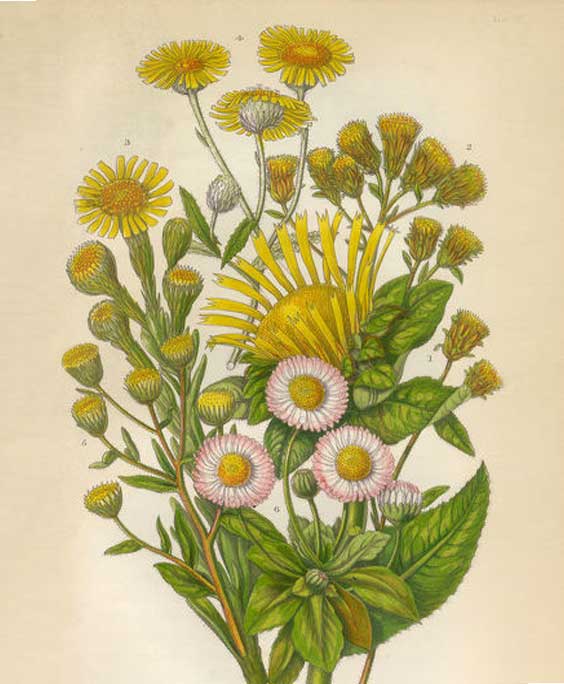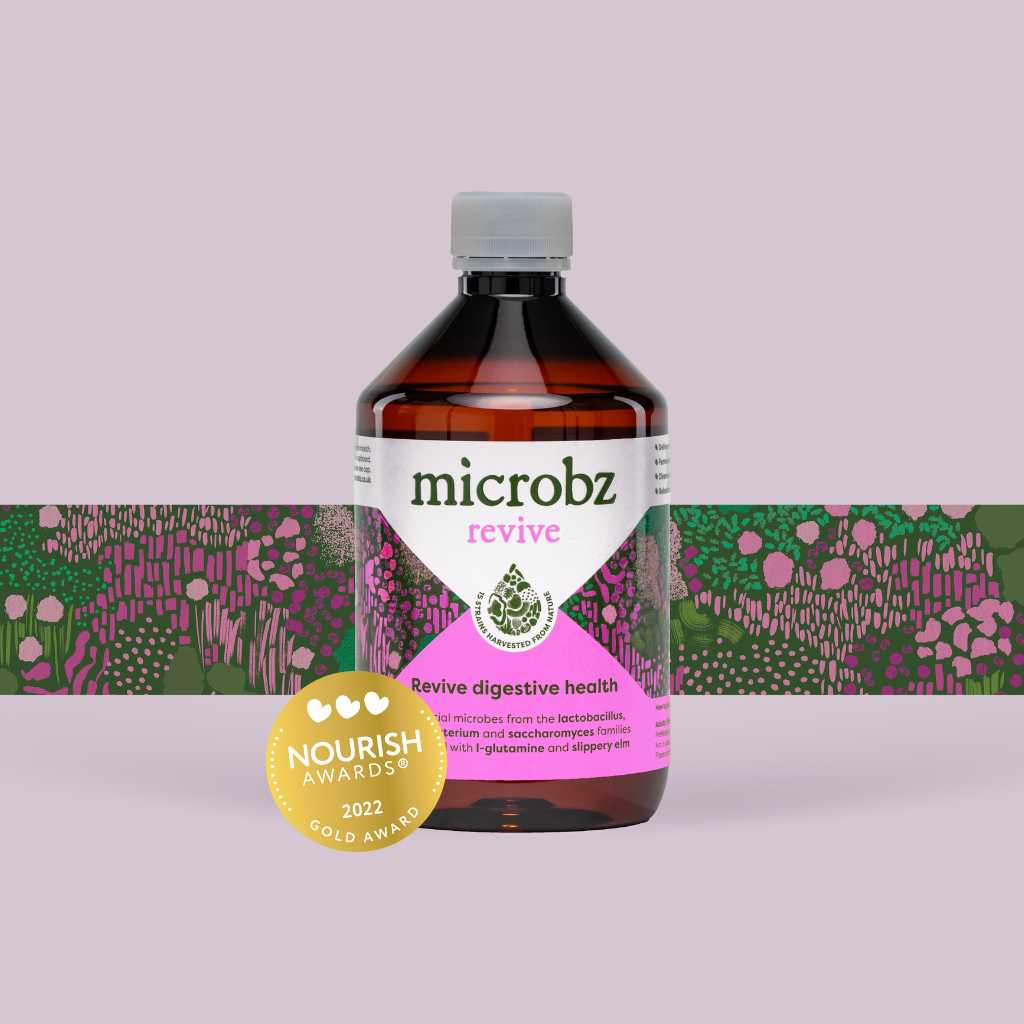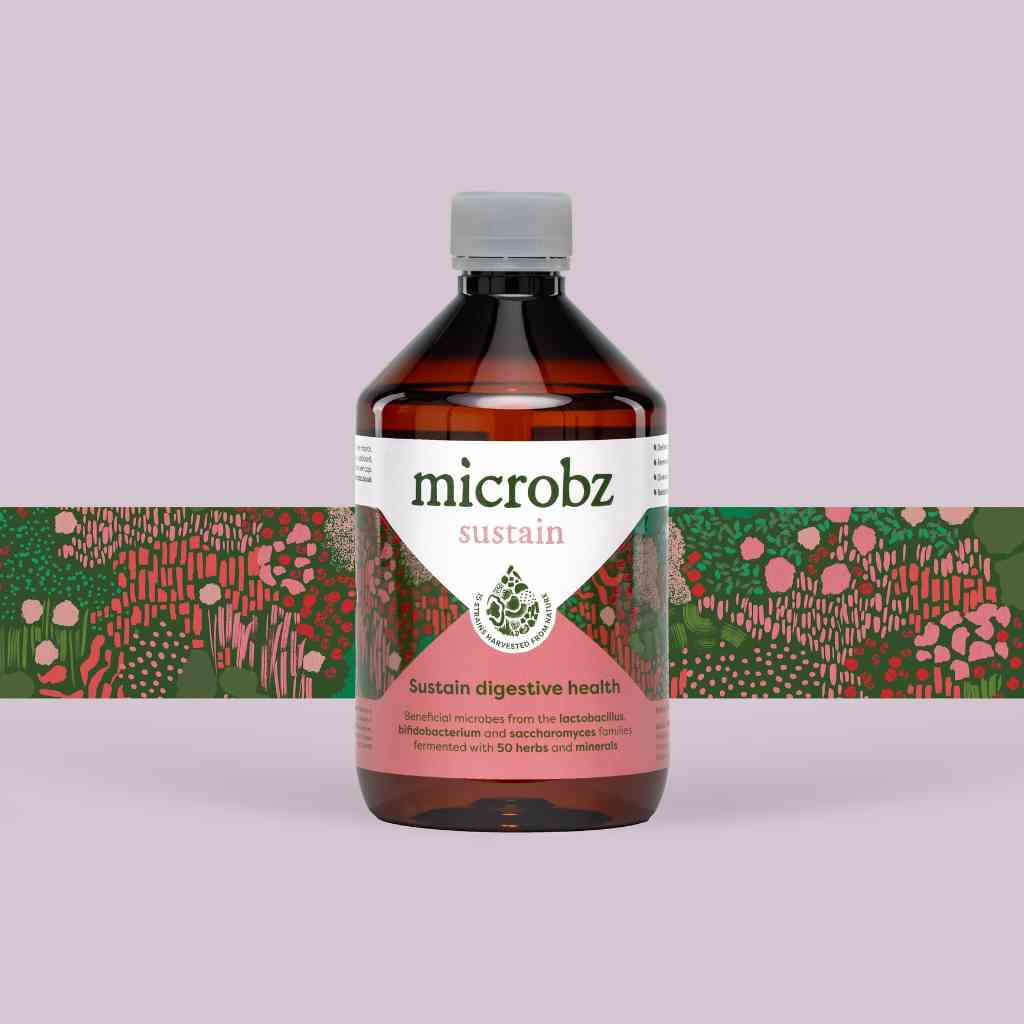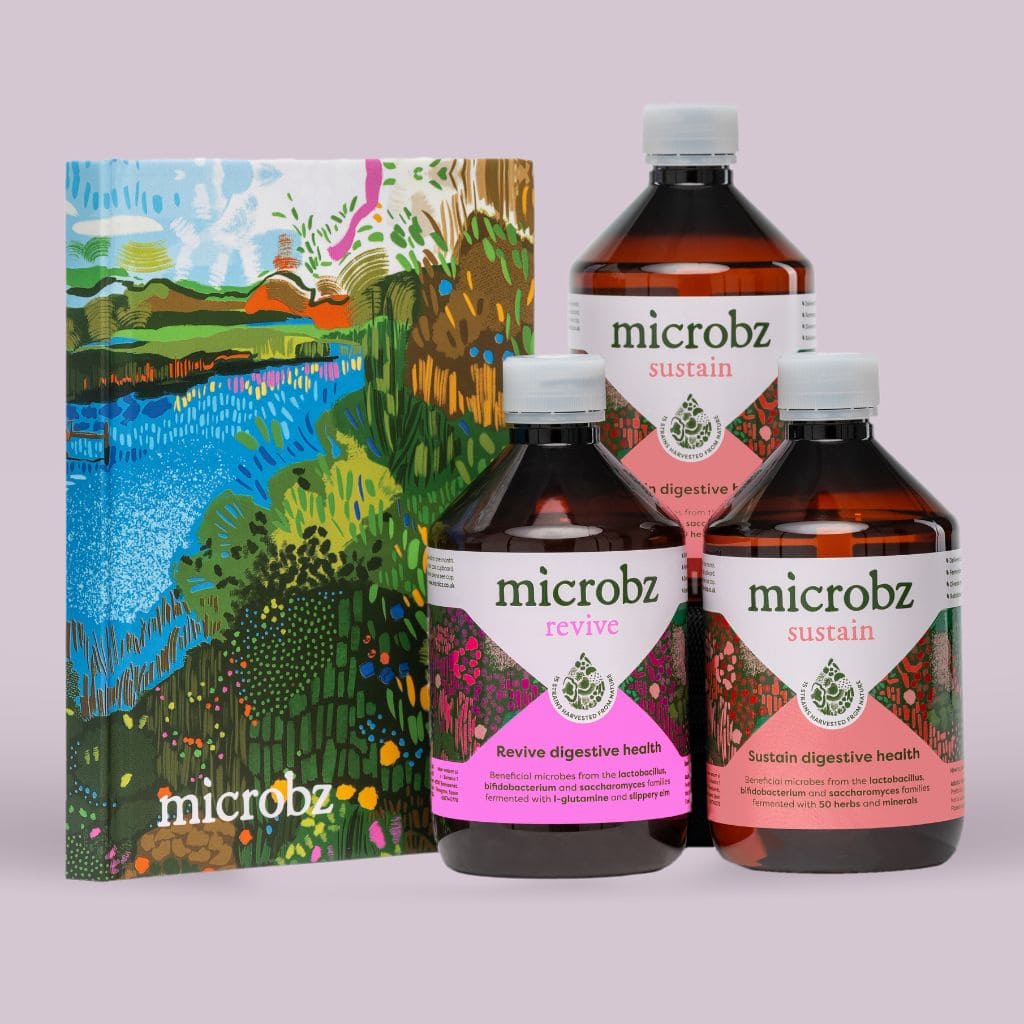History
Parts used:
Rhizome and root, gathered early autumn or early spring after second year’s growth.
Constituents (bio available chemicals):
Root: Mucilage, 18-35% miscellaneous, approx 35% pectin, 1-2% sparagine tannins.
Nutritional constituents:
Minerals: calcium, potassium and sodium.
Indications:
Asthma and bronchial asthma, chronic bronchitis, whooping cough, cough associated with TB, useful for congestive conditions in children, emphysema and to support a debilitated constitution and digestion.
Dosage:
Decoction of dried root 1.5-4g daily. Fluid extract 1-2ml 3 x daily.




